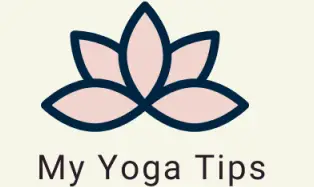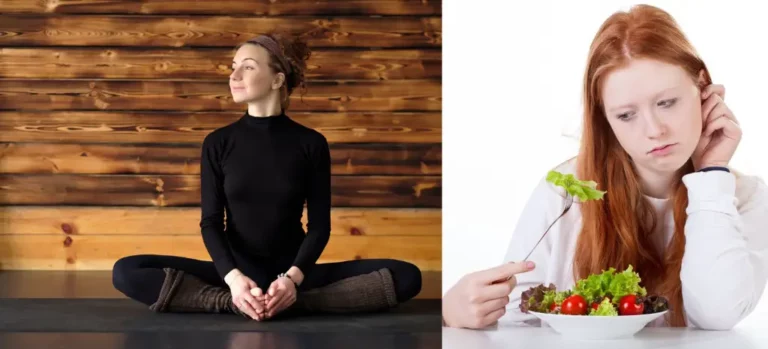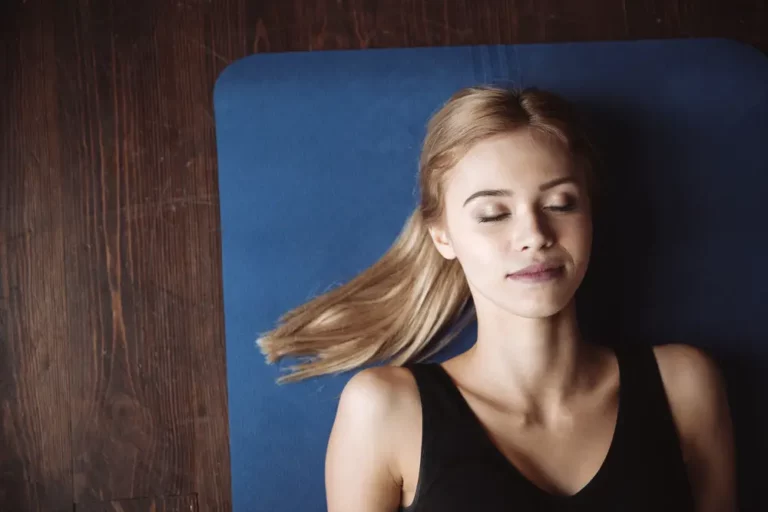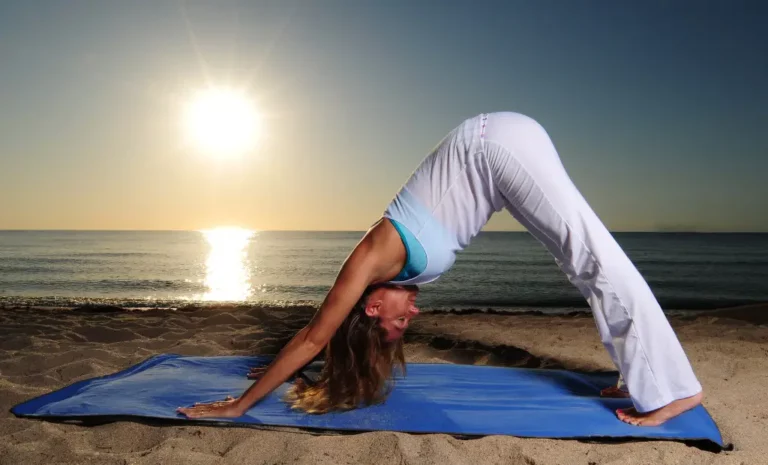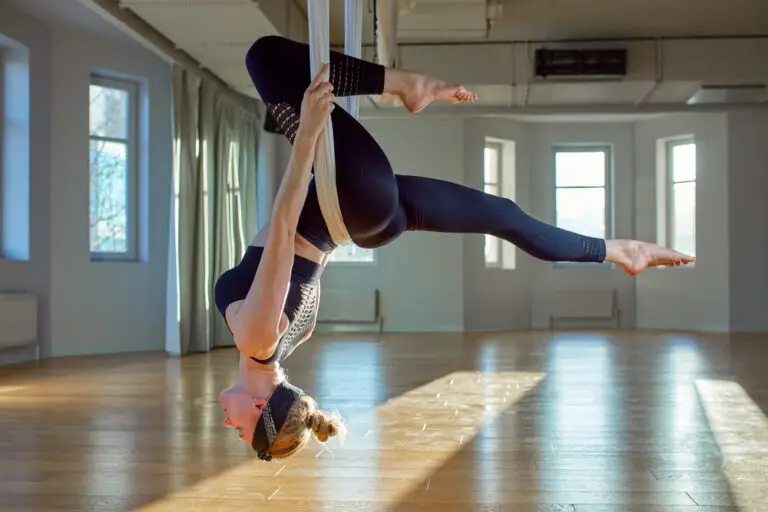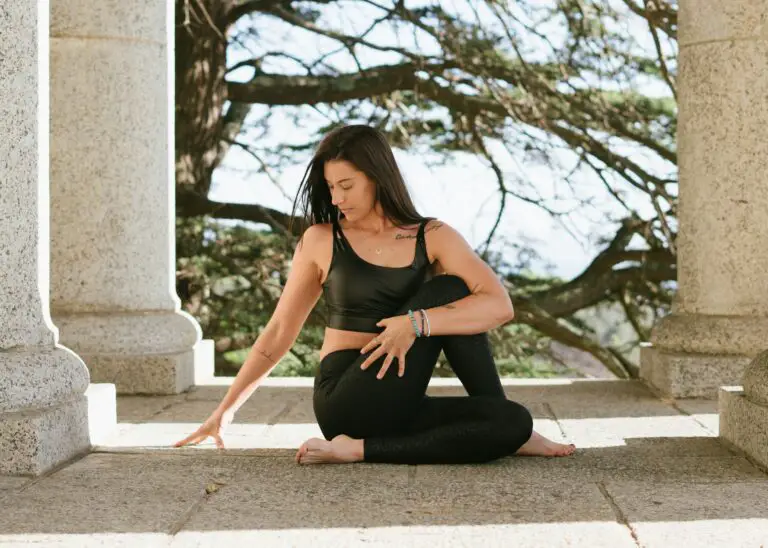Does Downward Dog Really Make You Taller?
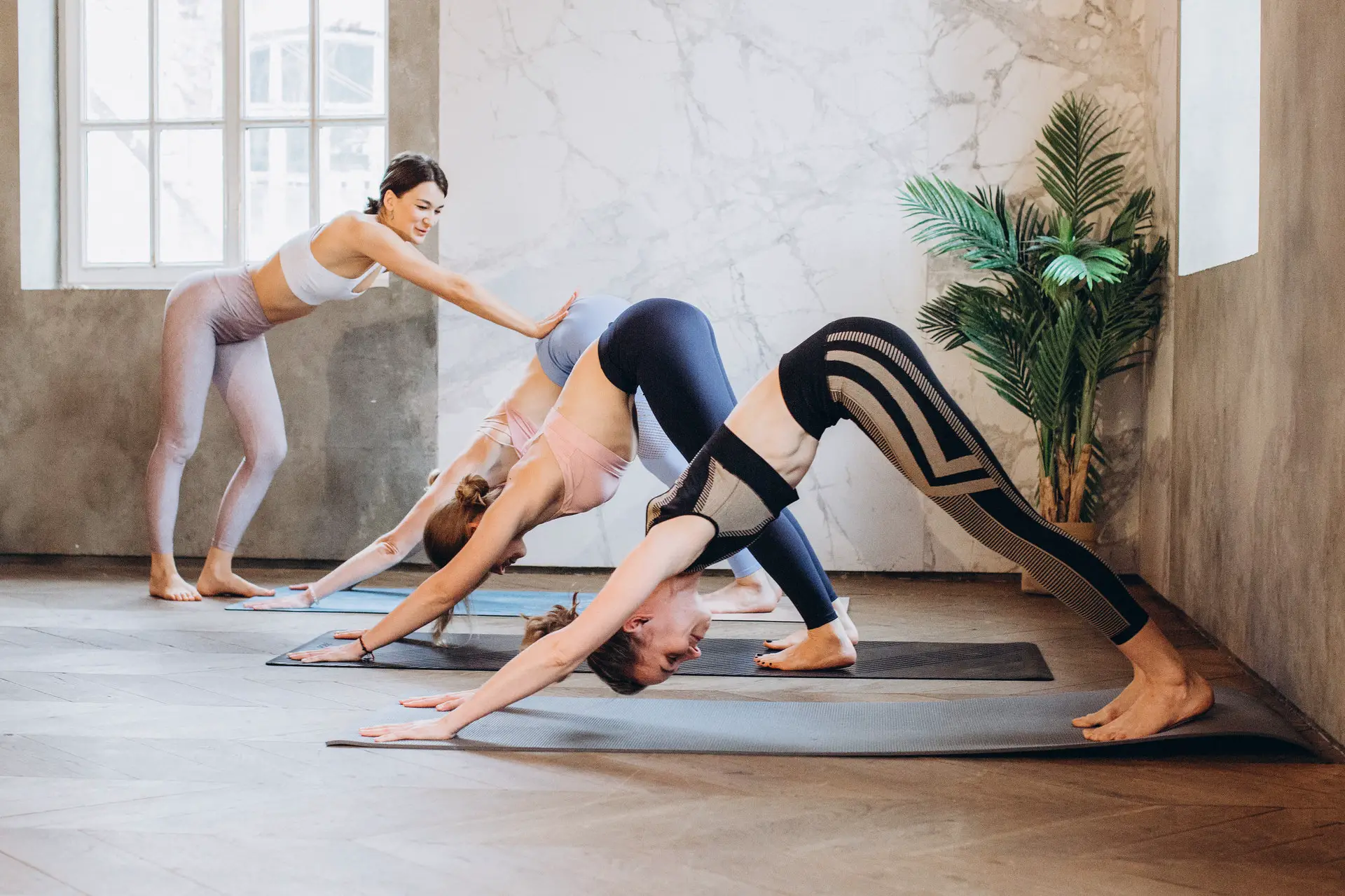
As someone who recently began doing yoga, I became curious about some of the myths surrounding the different exercises and their effects. Yoga has been shown to improve flexibility, fitness, balance, cardiac health, mental health, stress, etc. Being such a beneficial exercise then begs the question, does downward dog make you taller?
Throughout the day, gravity compresses your spine, pushing all the vertebrae together and making you slightly shorter. However, downward dog combats this by stretching the entirety of your spine, meaning that it does, to an extent, make you taller.
Downward dog doesn’t just make you taller, but also stronger, more flexible, and relieves tension. Although downward dog is one of the few poses that engages your entire body, multiple other poses have a similar effect on your height.
Does Downward Dog Make You Taller?
You’ve probably heard that you are tallest first thing in the morning when you get up. This is because gravity slowly compresses the cartilage in your knees and spine, causing you to lose about 1 cm of your height. While Adho Mukha Svanasana – commonly known as downward dog – doesn’t make you physically grow any taller, it does stretch your spine, combating the downward pressure that gravity puts on it.
Benefits of Downward Dog Pose
Downward dog is one of the most recognized and practiced yoga poses worldwide. It is one of the only yoga poses which engages, strengthens, and stretches almost every muscle in the body. On top of the slight height increase, doing downward dog daily has numerous health benefits.
- Builds Upper Body Strength: as a society, we all hunch over at desks, computers, and phones, creating tension and tightness in our chests and backs. Downward dog stretches those muscles, as well as engaging and strengthening the muscles in your arms, shoulders, chest, and back.
- Strengthen Core and Aids Digestion: since downward dog is essentially an inverted boat pose, it is one of the best poses for strengthening and toning your abdominal area. Further, by pulling your navel into your spine and engaging your abdominal muscles, you also work your digestive organs and improve your ability to digest food.
- Stretch and Strengthen Legs: our glutes, hips, hamstrings, and calves grow tight throughout the day from walking, standing, and sitting. Downward dog helps to stretch and release all of these muscles. While it opens up the back of your legs, it flexes and strengthens the front of your legs, hips, and ankles.
- Strengthen Bones and Joints: downward dog strengthens bones and improves their density, something which is important in the prevention of osteoporosis.
- Tones Hands and Feet: The downward dog is a weight-bearing pose, which puts pressure on your hands and feet. If done correctly, it strengthens your fingers, hands, and wrists, as well as stretches your Achilles tendons, arches, feet, and toes.
- Relieves Tension: by stretching your spine and neck, tension will be released along your chest, back, hips and legs. Additionally, relaxing your head relieves headaches.
- Improves Circulation: since downward dog is an inversion and your head is lower than your heart, it allows for blood to flow better throughout your body, especially to your brain. This increased circulation boosts immunity and helps to flush toxins.
How to Correctly do the Downward Dog Pose
Downward dog may look like a reasonably simple, straightforward pose, but anyone who practices yoga will tell you that it requires more strength, flexibility, and stamina than you may have thought. But all the health benefits that come with this pose become redundant if it is not done correctly.
Hands: Your hands should be shoulder-distance apart, pressed firmly to the ground, and your fingers spread wide.
Arms: Your forearms should be rotated inwards, and your upper arms externally rotated – this allows comfortable space for your neck. Don’t lock your elbows, instead squeeze your triceps.
Shoulders: Ensure your shoulder blades remain firm and draw downwards to the tailbone.
Spine: Be sure to avoid a rounded spine, keeping it in V-shape instead.
Neck and Head: Keep your neck in line with your spine and allow your head to relax between your upper arms.
Ribs and Abdominals: Many people draw their ribs outwards, creating an arch in the spine. Instead, engage your core by drawing your lower abdominals inwards and upwards while drawing your ribs together and lengthening the sides of your waist.
Tailbone: Lift your tailbone up towards the ceiling, further accentuating the V-shape.
Legs: Rotateyour inner thighs inwards and firm your outer thighs. Be sure not to change the shape of your spine or pelvis when straightening your legs. If you’re stiff and cannot straighten your legs fully, it is okay to have some bend in your knees and even tense and relax them one at a time to stretch your hamstrings slowly.
Feet: Your feet should be hip-distance apart and pointing forwards. Press your heels to the ground (or as far as you can) and slightly outwards to work your legs further.
Common Mistakes in Downward Dog
There are many mistakes that people make when doing downward dog, all of them lessening the benefits and effects of the pose.
Many mistakes lie in rounding or arching your spine; this difference resulting in shortening your spine instead of lengthening it. This can be caused by not lifting your tailbone or having tighter hamstrings and shoulders. Another frequent mistake is having too much weight fall onto your shoulders. Your weight should be supported by both your legs and arms; it shouldn’t all fall forward.
Not having a proper base also creates some problems. You need to ensure that your hands and feet are spread at shoulder and hip distance, respectively, and that they are properly rooted to carry your weight evenly. If you are unable to touch your heels to the ground, just reach them down as far as possible.
Yoga Poses that Make You Taller
Generally, yoga can help you increase your height if you are still in your teenage years, but after 20, it becomes borderline impossible to increase your height with any kind of exercise since your body is done growing. However, there are many poses that allow you to decompress and stretch your spine, making you slightly taller.
Tadasana – Mountain Pose
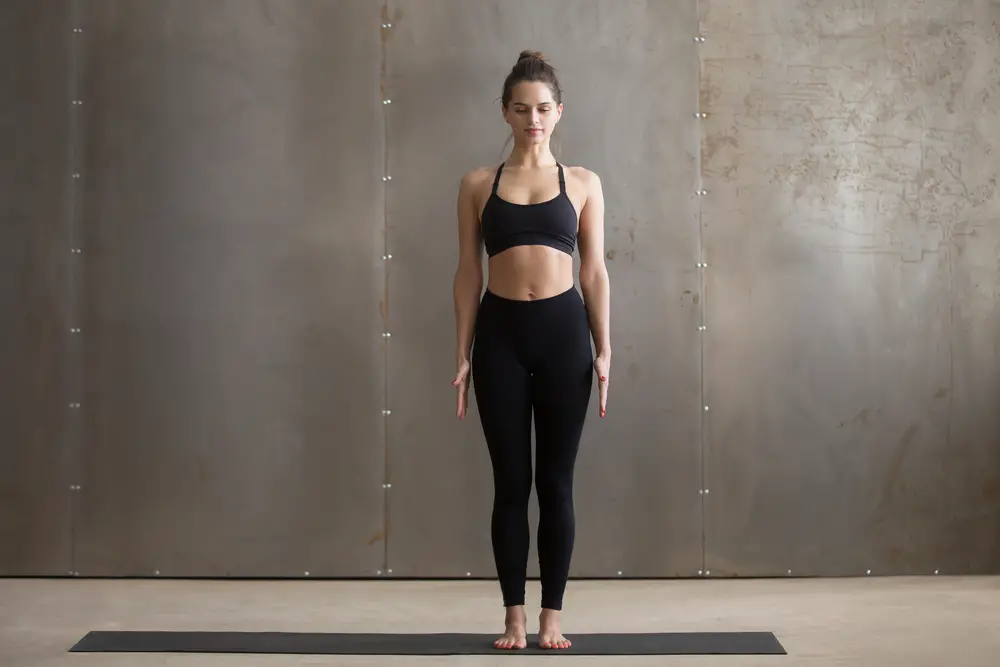
Mountain pose stretches all the muscles in your body. Due to the elongation of the pose, your body facilitates the formation of growth hormones.
Bhujangasana – Cobra Pose
The cobra pose is one of the best to increase your height, stretching your upper back, lower back, and stomach muscles. It also helps reduce the fat around your waist.
Paschimottanasana – Seated Forward Bend
This pose stretches your hamstring and spine, stimulates liver and kidney function, improves digestion, reduces headaches and obesity, increases appetites, and helps with insomnia and high blood pressure. These are all in addition to increasing your height.
Vriksh Asana – Tree Pose
This pose activates your pituitary gland, which is responsible for growth hormone production; thus, it can help you grow taller.
Trikonasana – Triangle Pose
The Triangle pose strengthens your ankles, knees, arms, legs, and chest. It opens the chest and hips while stretching your hamstrings and calf muscles. Moreover, it improves your spine’s alignment.
Benefits of Yoga
Practicing yoga has been proven to have numerous physical and mental health benefits. Whether you have been doing yoga for years or are just beginning, you should notice its effects on your physical strength and flexibility, mood, day-to-day stamina, and energy levels.
Not only does yoga improve your current health, but there are many poses that can be done as preventative measures to osteoporosis and heart disease, or it can be used to ease chronic pains along with symptoms of arthritis and carpal tunnel.
| Physical Benefits | Mental Benefits |
| Improves strengthImproves flexibilityImproves balanceEase back painEase arthritis and carpal tunnelBetter cardiac healthRelaxes and releases tensionIncreases energy | Manages stressEase insomniaProvides mental clarity and calmnessRelaxes the mindBetter concentrationIncreases body awarenessCenters attentionRelieves depression and anxiety |
Read this in my lasted article about 8 Yoga Tips For Beginners
Conclusion
While it isn’t possible to achieve a proper height increase once your body has matured past puberty, poses like downward dog do help with the decompression and stretching of your spine, making it possible to gain a little extra height. But to reap the full benefits of downward dog, you need to ensure that you are holding the pose correctly; otherwise, you can do more damage than good.
Moreover, the benefits of downward dog – and yoga as a whole – are not limited to increasing your height but improving multiple physical and mental health factors.
